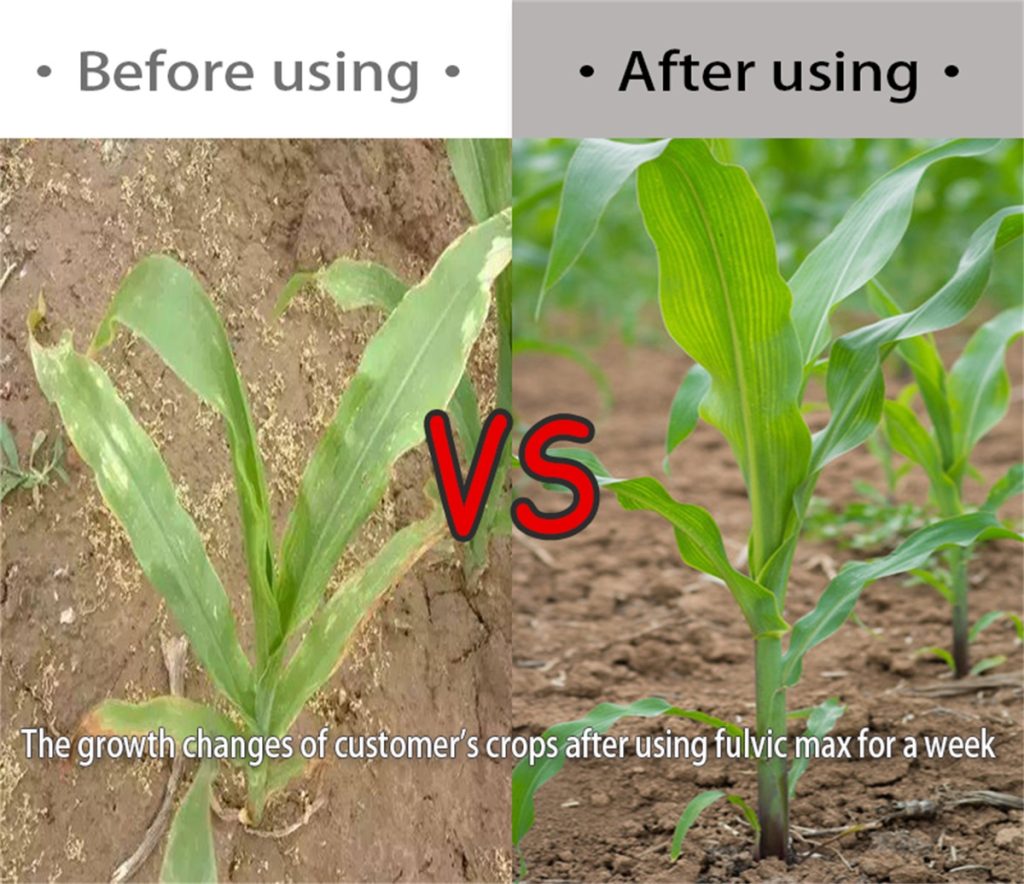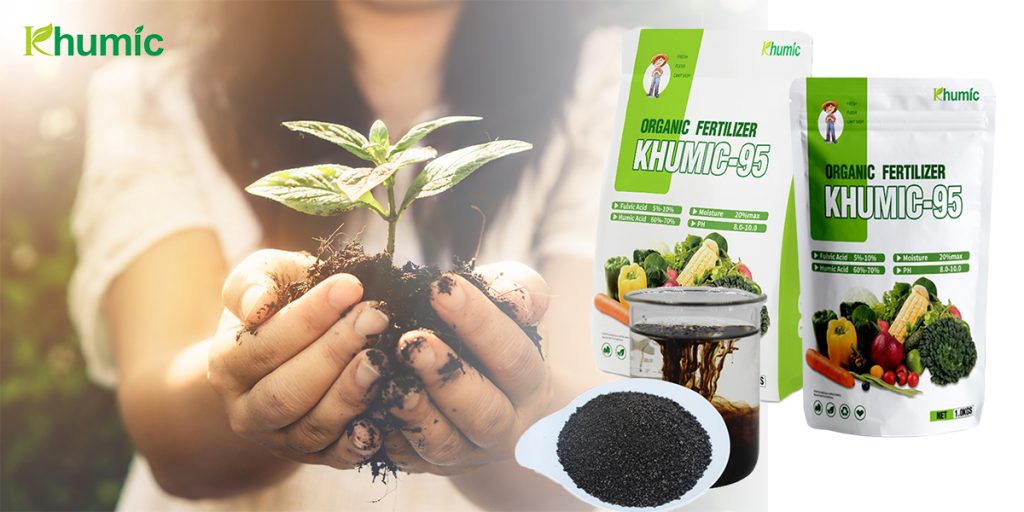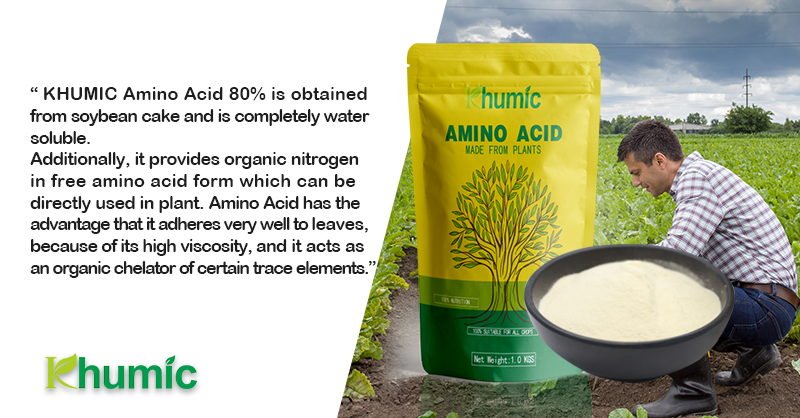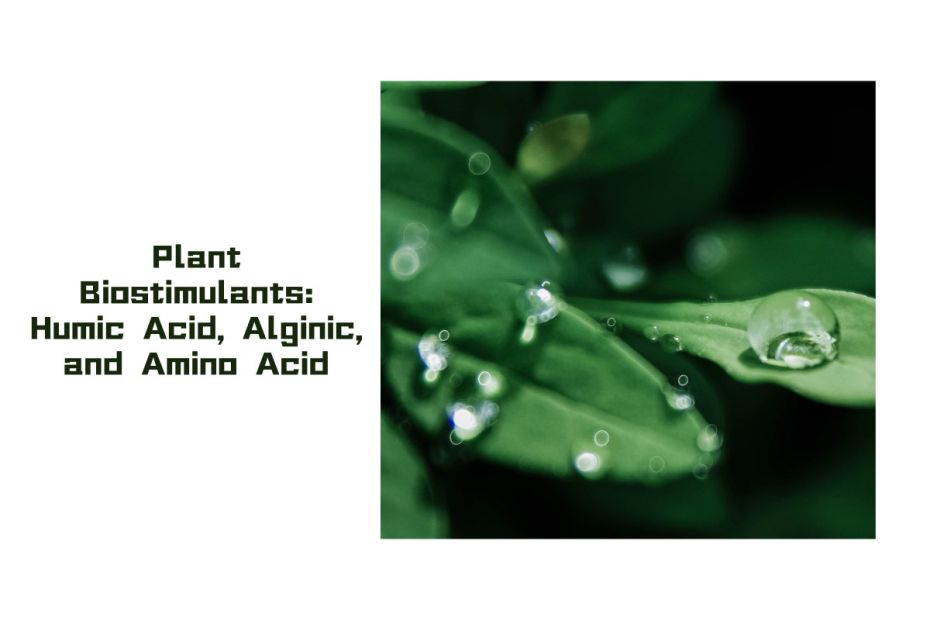Introduce
In the field of agriculture and plant nutrition, plant biostimulants are suitable for application to any plant to improve nutritional efficiency, abiotic stress tolerance, and crop quality characteristics. Among the various biostimulants available, humic acid, alginic acid, and amino acids stand out for their significant effects on plant growth and nutrient uptake.
Table of Contents
What are Plant Biostimulants?
Plant biostimulants, also known as plant conditioners or bio-effectors, stimulate plants’ natural processes, and improve nutrient absorption and efficiency, crop quality, and tolerance to abiotic stresses, thereby increasing plant yield and vitality. They contain organic compounds, micronutrients, beneficial microorganisms, and other bioactive substances, and have moisturizing, drought resistance, cold resistance, and insecticidal effects. They control nitrogen, promote phosphorus and potassium, and can chelate trace elements in the soil to improve fertilizer utilization. Contribute to the future climate-smart farm model, ensure that plants have good basic strength and health, and make plants less vulnerable to stress, pests, and climate shocks.
Globally recognized plant biostimulant products are divided into four categories based on their sources: mineral sources, marine sources, microbial sources, and plant sources. The most common biostimulants on the market are humic acid, alginate, amino acids, etc.


Citation: Plant Biostimulants: Definition, Concept, Main Categories, and Regulation.
Differences Between Humic Acid, Alginic Acid, and Amino Acid
Humic Acid – Extracted from Weathered Lignite
Humic acid is a natural organic compound. KHUMIC’s humic acid (including fulvic acid) is extracted from highly active weathered lignite, which is rich in humus and essential nutrients for plants. It is a powerful soil conditioner that improves soil structure, water retention, microbial activity, and nutrient availability for plants. It is also a natural chelating agent that binds minerals in the soil, making them easier for plants to absorb, stimulating the plant’s defense system to resist environmental stresses such as drought, salinity, and temperature fluctuations.
Humic acid contains 90% carbohydrates, mainly glucose, which makes the fruit sweeter; it also increases the proportion of carbon in crops, thereby increasing the weight of the fruit. Humic acid mainly plays a long-term conditioning role, regulating the soil and promoting crop growth.

Alginic Acid – Seaweed Extract
Alginic acid is a natural polysaccharide extracted from brown algae (such as kelp and algae), Ascophyllum nodosum. It retains all the active substances required for plant growth and is easily absorbed and utilized. Alginate as a biostimulant is rich in essential nutrients, cytokinins, potent antitoxins, growth hormones, and trace minerals, enhances plant metabolism, flowering, and fruiting; promotes root development and enhances nutrient absorption. And improves resistance to biotic and abiotic stresses, helping plants resist harmful bacteria, and viruses, and repel pests.
Amino Acids-Plant Source
Amino acids are components of proteins. They are small molecule organic nutrients converted in organic form and can be directly absorbed and utilized by crops. They are organic nitrogen sources. Providing plants with ready-made nitrogen and carbon is essential for enzyme synthesis, nutrient transport, and stress response of plants. After using them, the leaves of crops become greener and thicker, the fruits also become larger, the taste increases, the quality improves, the stress resistance of crops is enhanced, and the soil can also be improved. It can effectively increase the soluble sugar content of products, reduce NO3 content, and increase the absorption and utilization rate of nitrogen, phosphorus, and potassium.

They can be used at the same time and complement each other to maximize the utilization rate of fertilizers.
Conclusion
Plant biostimulants such as humic acid, alginic acid, and amino acids offer a natural and sustainable way to promote plant growth, health, and productivity. These natural compounds offer sustainable solutions for optimizing plant health, increasing resilience to environmental stress, and promoting sustainable agricultural practices.
FAQs
-
Are plant biostimulants safe for the environment and human health?
Yes, plant biostimulants are generally considered safe for the environment and human health because they are derived from natural sources and do not contain harmful chemicals or synthetic additives.
-
How are humic acid, alginic acid, and amino acids applied to plants?
Plant biostimulants can be applied via foliar sprays, soil drenches, seed treatments, or irrigation systems, following the recommended dosage and usage guidelines for each product.
-
Can plant biostimulants replace traditional fertilizers?
While plant biostimulants can enhance nutrient uptake and plant growth, they are not a replacement for traditional fertilizers. They can complement fertilization practices and help optimize nutrient efficiency in plants.
-
Are there specific plants or crops that benefit more from plant biostimulants?
A wide variety of plants and crops can benefit from the application of plant biostimulants, including fruits, vegetables, cereals, and ornamentals. Each biostimulant may have specific benefits for certain plant species or growth stages.
